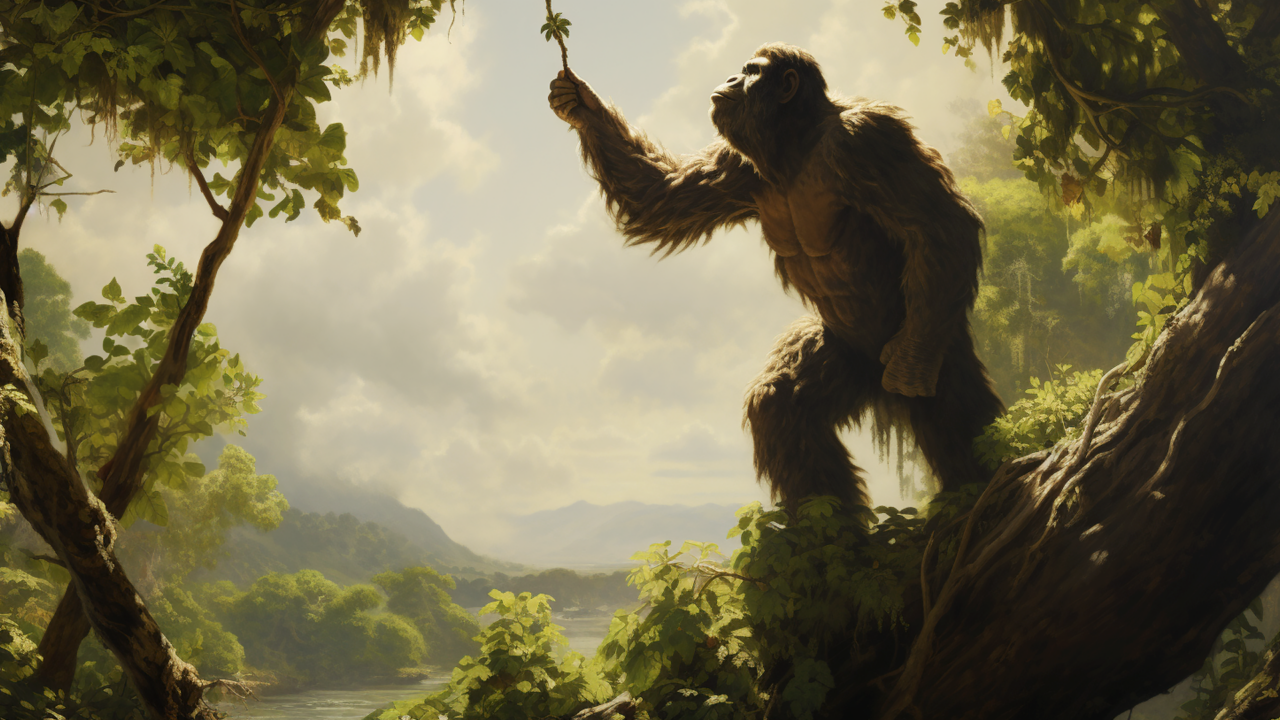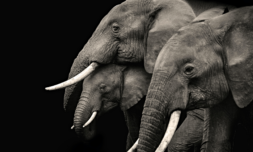An ancient species of great ape, named Gigantopithecus blacki, was driven to extinction hundreds of thousands of years ago. Scientists believe climate change is mostly to blame for putting the giants’ favourite fruits out of reach during dry seasons.
Between witnessing entire regions becoming upended by extreme weather and warnings of impending, irreversible changes from eco scientists, we’re hardly lacking for reasons to mitigate climate change. Nevertheless, here’s another for the paleontologists.
Research into the ancient world has uncovered that a former species of great ape, called Gigantopithecus blacki, was most likely driven to extinction by natural climate change between 215,000 and 295,000 years ago.
Standing at an imposing 10 feet tall and weighing around 650 pounds, scientists in the journal Nature posit that its sheer size ultimately proved to be the crucial factor in its undoing.
Resembling an oversized orangutan, these creatures thrived in China’s southern region for some 2 million years grazing on an abundance of fruits and flowers from its tropical surroundings. That is, until its habitat began to drastically change.
Through analysing preserved samples of pollen and sediment discovered in over 20 surrounding caves – as well as teeth fossils – researchers have discovered how a decline in vegetation and fruit gradually diminished the species’ population.


The once dense canopy forest sustained the giant apes during the late middle Pleistocene (2.6 million to 11,700 years ago), but a newly established chronology has been found between a series of dry weather events 600,000 years ago and the species’ drop-off.
‘We have a much more robust timeline for their life and when they went extinct,’ co-lead author Kira Westaway, a geochronologist at Macquarie University in Australia, told Live Science. ‘It seems that G. blacki chose an evolutionary path that it couldn’t reverse.’




















